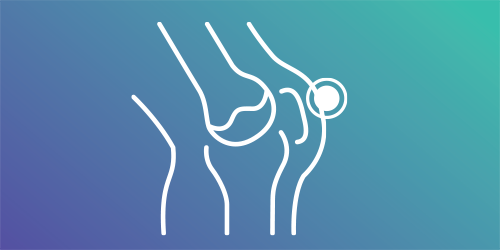
Knee pain is a common symptom that can affect people of all ages and may result from a wide range of causes. It can be acute (sudden onset) or chronic (long-lasting), and the severity of the pain can vary from mild discomfort to severe pain that interferes with daily activities. A Lower Limb Musculoskeletal Assessment will help to determine if it is caused by an alignment problem. Often an alignment problem in the knee starts from poor foot posture. As the foot moves on the ground, it sets up a chain reaction of movements throughout the body including the knee. Too much movement or the wrong type of movement at the wrong time can lead to the development of pain.
The different types of pain and areas of the knee:
- Pain on the front of the knee can be due to bursitis, arthritis, or softening of the patella cartilage known as chondromalacia patella.
- Pain on the sides of the knee is commonly related to injuries to the collateral ligaments, arthritis, or tear to the meniscus.
- Pain in the back of the knee can be caused by arthritis or cysts, known as Baker’s cysts. Baker’s cysts are an accumulation of joint fluid (synovial fluid) that forms behind the knee.
- General pain in the knee can be due to bursitis, arthritis, tears in the ligaments or meniscus, osteoarthritis of the joint, or infection.
- Instability or the knee giving way is also another common problem. Instability is usually associated with damage or problems with the meniscus, collateral ligaments or patella tracking.
- The pain can also be caused by tendinitis which is inflammation, irritation and swelling of a tendon. Tendinitis pain in the knee is located in the front of the knee or the lateral side of the knee. The pain often gets worse when going up and down stairs or inclines. Tendinitis knee pain is common in runners, skiers and cyclists.
If your knee is causing you concern or pain, you may need to book an appointment for a Lower Limb Musculoskeletal Assessment. This Assessment is a series of clinical tests to determine the underlying cause of the pain and discomfort you are experiencing. At the end of the assessment, our Podiatrist will give you a treatment plan which may include orthotics, supported by exercises and shoe recommendations.

